- Trails
-
Bikes
-
Gear
-
Tips & Tricks
-
About us
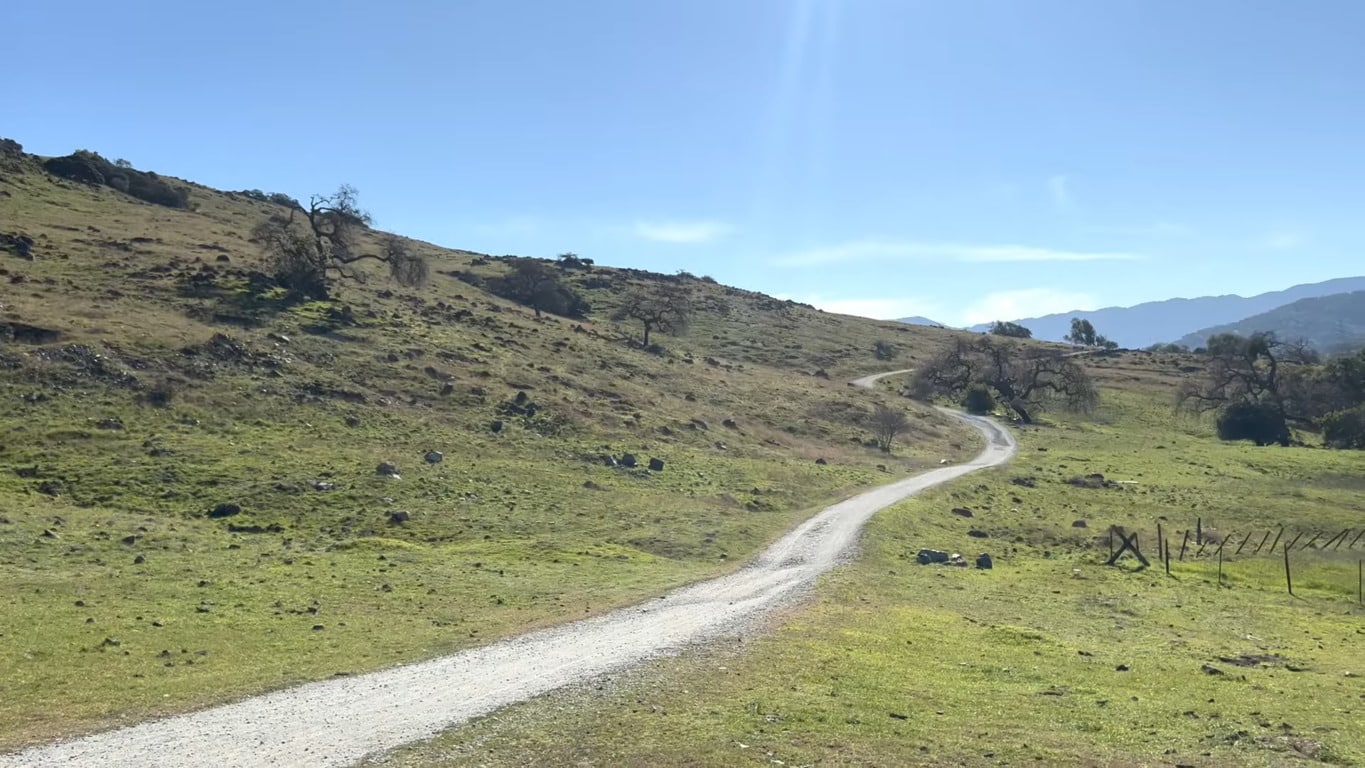
 9.4 mi
9.4 mi
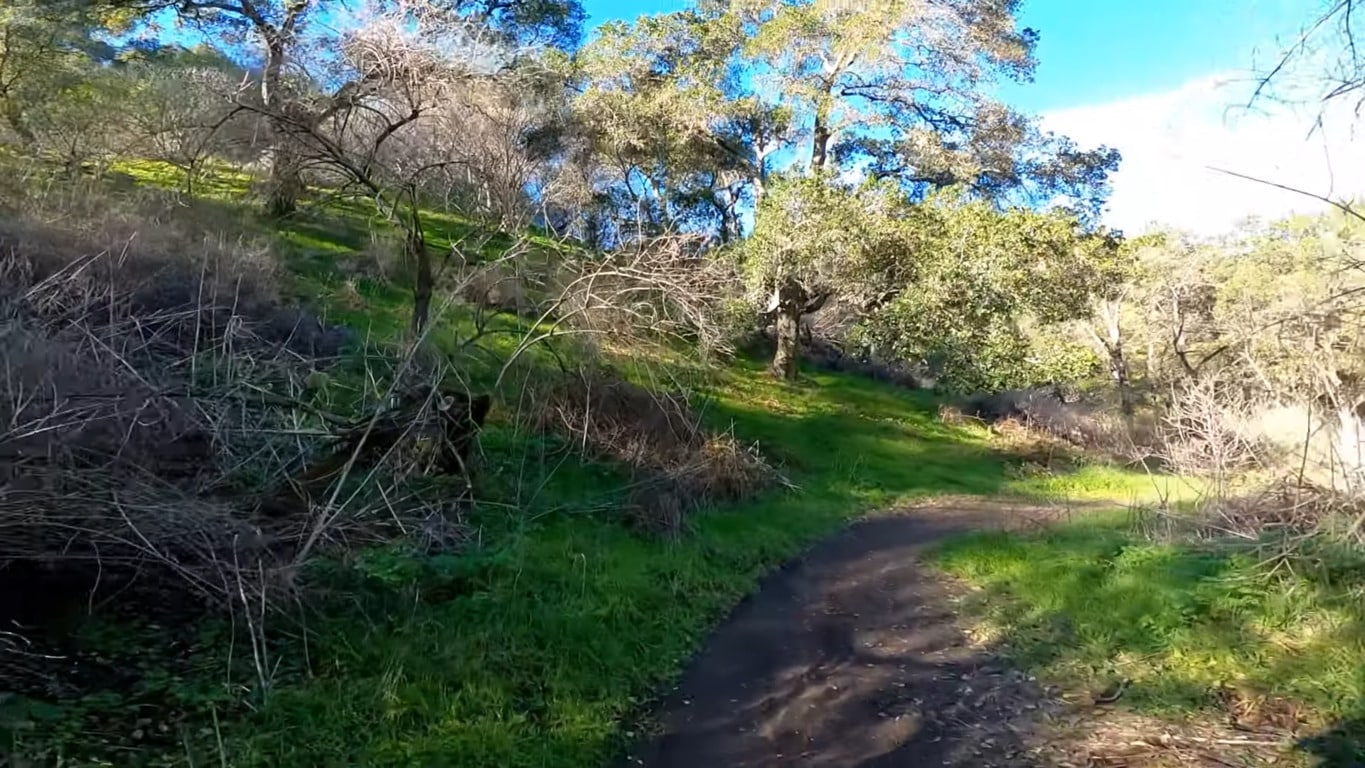
 7.2 mi
7.2 mi
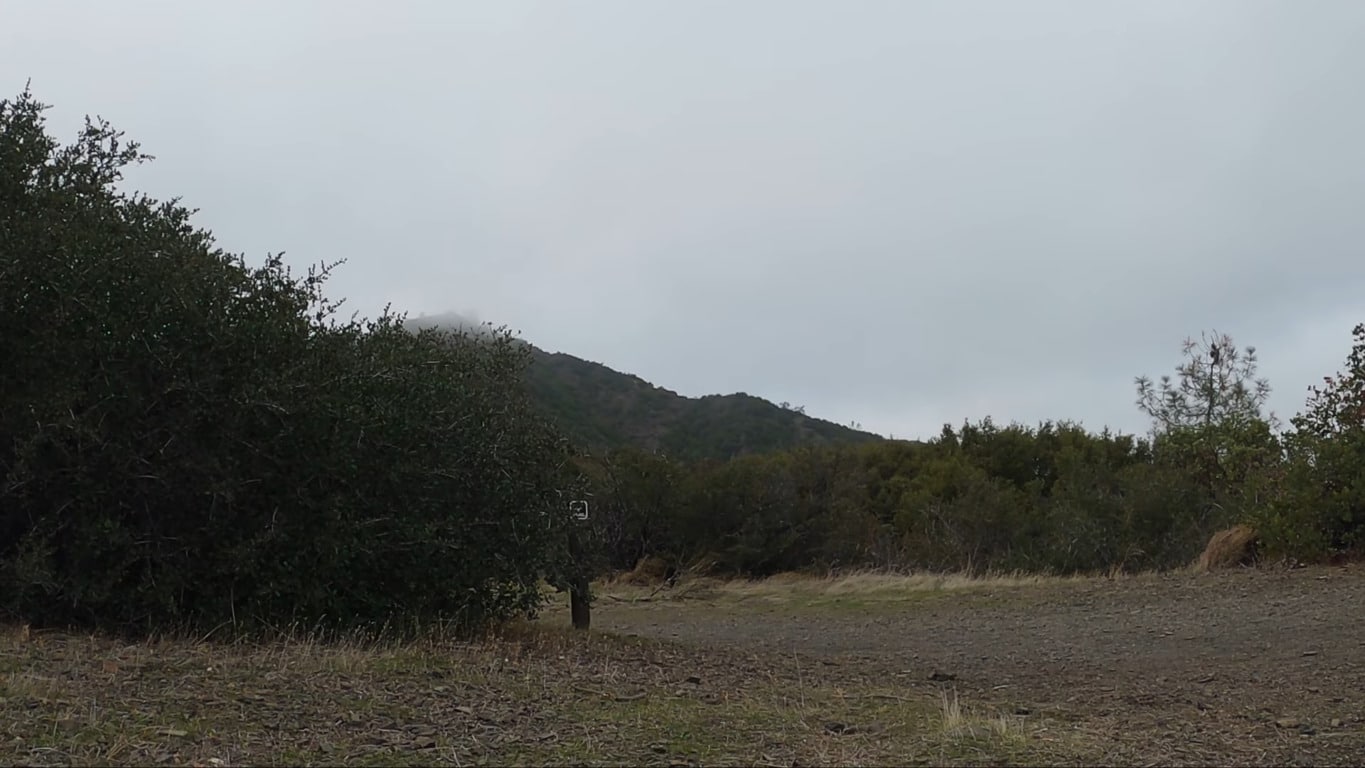
 13.9 mi
13.9 mi
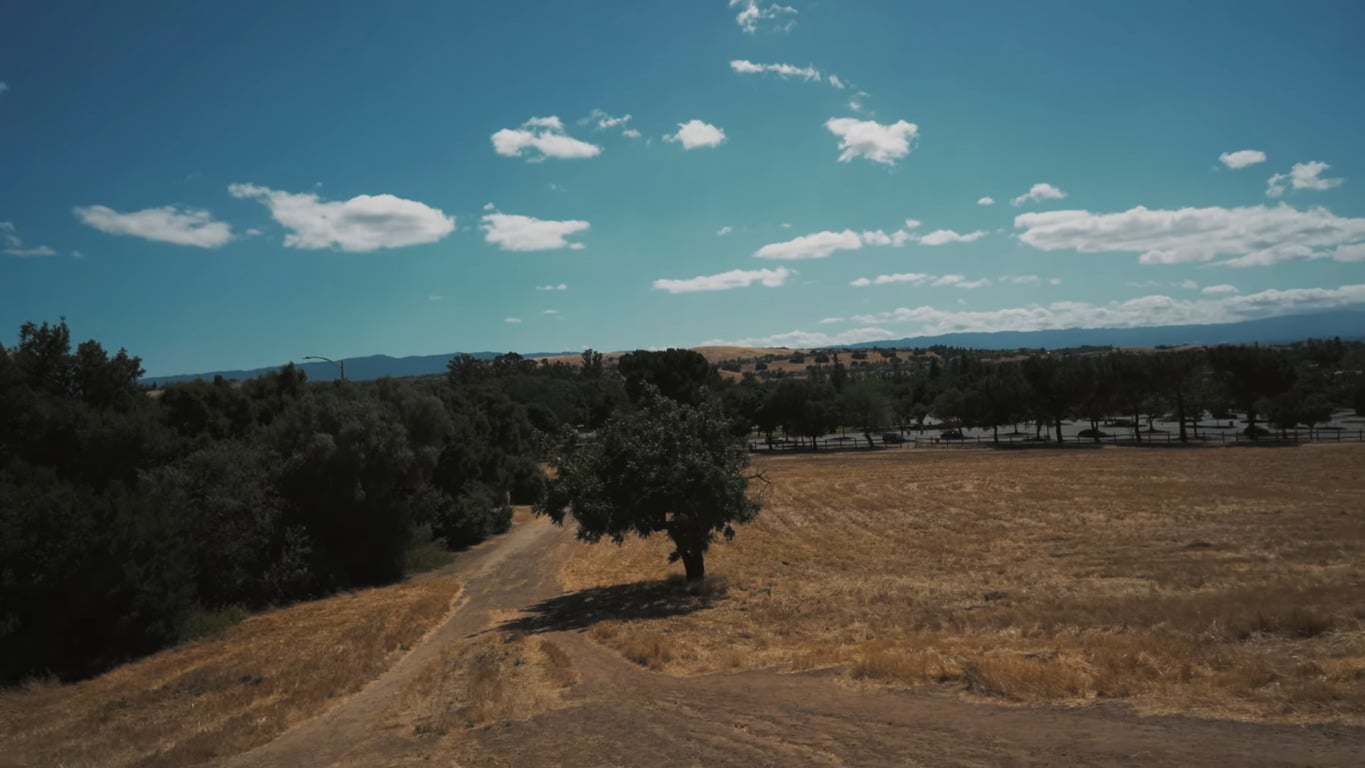
 2.98 mi
2.98 mi
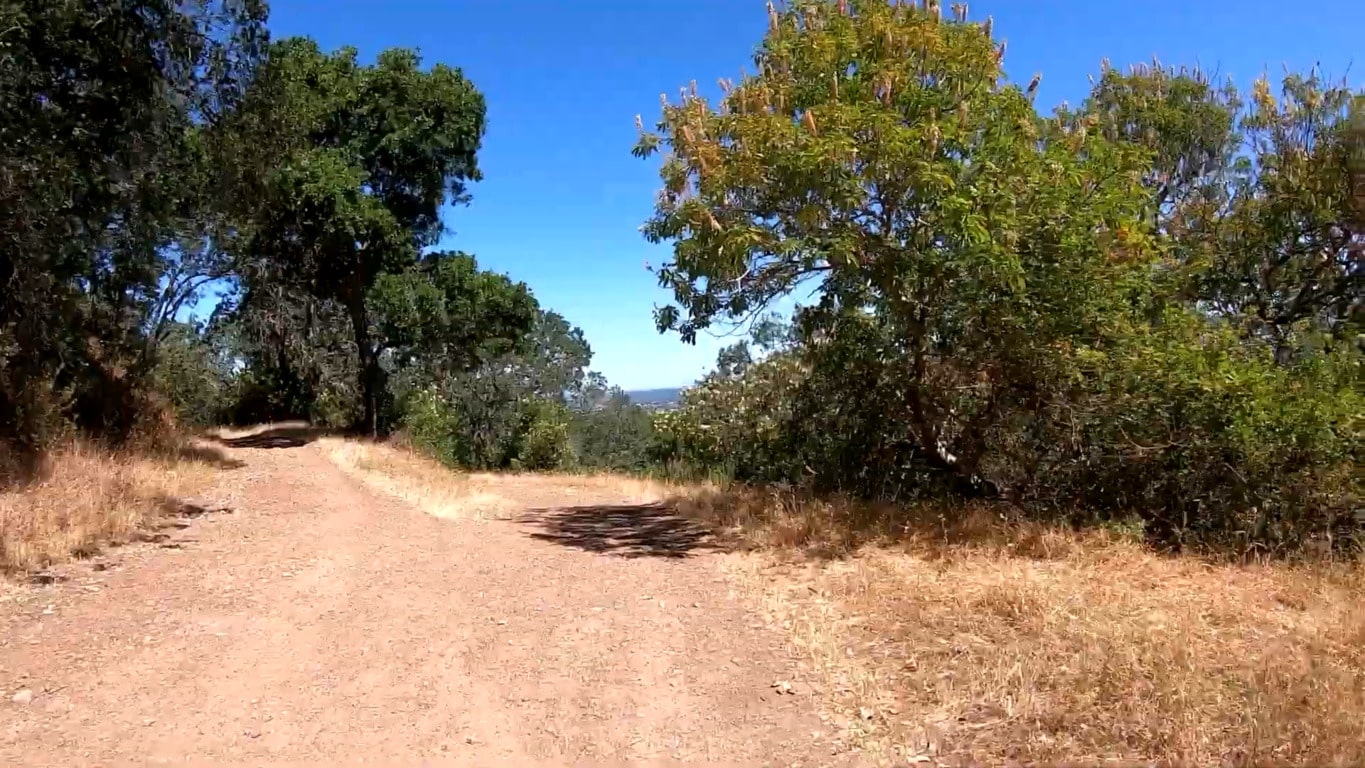
 20.1 mi
20.1 mi
San Jose is a city in the heart of Santa Clara Valley that sits on the flatter areas of San Francisco Bay, a large natural harbor with more than six terrains and numerous bridges connecting its shores in the east and west. The metropolitan area of the valley is flanked by Diablo Range in the east and Santa Cruz Mountains in the southwest.
The city is in the west and central of California, and it was the state’s first capital before Sacramento. The total area is 178.2 square miles, and it is made up of 174.9 square miles of land and 3.3 square miles of water.
Guadalupe and Coyote rivers run through this city with an elevation of around 67 feet above sea level. The highest and lowest point in the city is at San Francisco Bay and Copernicus Peak, respectively.
The city was once proliferated with farmland and fruit orchards, and there are more than 100,000 acres encircled by several rolling hills, with others such as the Santa Teresa Hills partitioning the Almaden Valley into smaller valleys. The valley was famous during the California gold rush for its mercury mines.
Grapes, prunes, and apricots were among the main crops that San Jose produced before the city became known for technology after the explosion of the electronics industry, which also resulted in increased migration, job growth, and housing costs.
There are many parks, hiking spots, and a mix of urban and off-road recreational trails where you can ride your mountain bike and take in the beautiful mountains and gardens with native wildflowers such as the California poppy.
They include Sierra Azul Preserve which features multi-use trails such as Mount Umunhum Loop that traverse steep and rocky chaparral, forests shaded with oak and bay trees, and ravines along water banks. The Preserve is also home to coyotes, bobcats, and mountain lions.
Alum Rock Park includes the Eagle Rock Loop, which features beautiful creek views and lush vegetation.
| Land area (sq. mi; sq. km) | 181.36 sq mi (469.72 km2) |
| Minimum Elevation | 0 ft (0 m) |
| Maximum Elevation | 82 ft (25 m) |
San Jose ranks among the ten most populous cities in the country and the third in California, with a population of 1,013,240 in the 2020 census, compared to 3.89 million in Los Angeles and 1.385 million in San Diego. The population mainly comprises 37.2% Asian, 31% Hispanic or Latino, 25.1% non-Hispanic White, and 12.4% Hispanic White. The rate of citizenship is 82.5%, and 40.6% are foreign-born citizens from Mexico, China, and the Philippines.
San Jose mainly trades electronics and pharmaceuticals with Texas, Arizona, and Ohio.
Homelessness in California is a big issue, and around 30% of the homeless people in the country live in this state. 8.27% of residents in San Jose live below the poverty line.
As expected, there are many employees in Computer and Mathematical Occupations. The average commute time is 30.8 minutes, and the median earning is $44,323 for women and $63,312 for men.
The rate of homeownership is 56.6%, and the median property value is $925,800, which is significantly higher than the national average of $229,800. The median household income is $117,324.
| Total population | 1,013,240 (2020) |
| Population density (persons per sq. km) | 5,684.69/sq mi (2,194.92/km2) |
San Jose has a fairly moderate climate with long sunny days; the city, especially downtown San Jose, has minimal fog and light rainfall averaging around 14.4 inches due to its inland location with mountains on three sides. Rain is rare from May to October, and in January, daytime and nighttime can fluctuate by 40 °F.
The summers are dry, long, and warm to hot, and the winters are cool, wet, short, and partially cloudy. The warm months are from June to October, and July has a nighttime low of 60°F and a high of 84°F. The cool months are from November to February, and December has an average high of 60°F and a nighttime low of 44°F. Winter periods are accompanied by few days of snow.
The city experiences mild earthquakes once or twice a year, and grass fires are frequent as the vegetation dries up in summer.
| Month | Temperature |
|---|---|
| January | 51°F |
| February | 53°F |
| March | 56°F |
| April | 59°F |
| May | 63°F |
| June | 67°F |
| July | 69°F |
| August | 69°F |
| September | 68°F |
| October | 64°F |
| November | 56°F |
| December | 51°F |
San Jose has six main transit services, including Capital Corridor, Greyhound Bus Lines, Caltrain, Valley Transportation Authority (VTA), and Altamont Corridor Express (ACE). Other alternatives include Eco City Cycles, which is a pedicab operator.
The highway network includes I-280, I-680, and I-880 interstate highways, 10 US highways, and 23 major roads. San Jose mountain bike trails include the Belgatos-Heinz Loop at Belgatos Park.
The Port of San Diego is the main port. San Jose Mineta International Airport (SJC) is the busiest airport serving the city, and Oakland International Airport and San Francisco International Airport are within an hour’s drive. There is also the Reid–Hillview Airport of Santa Clara County in the Evergreen district.
With nearly 300 days of sunshine in a year and a relaxed atmosphere, San Jose offers great flexibility to explore the vast miles of mountains, beaches, valleys, and nature trails.
The following are some of the key landmarks in the city:
There and Back Again combines several trails characterized by loose gravel and steep climbs, and the route passes Mt. Umunhum and English Camp. It is at Almaden Quicksilver County Park, which is located in a former mercury mine. The route is ideal for experienced riders.
Montgomery Hill Loop is an unpaved trail that passes oak forestland, natural meadows, and Evergreen Creek, and spring is the best time to visit when there are blooming flowers everywhere.
The trail at Alviso Marina County Park is a relatively easy and flat double-track route with an opportunity to fish and watch ospreys, pelicans, migratory birds, and endangered species such as the California clapper rail.